Replace Radiator – When, Why, and How
If your engine is running hotter than usual, it’s probably not just a coincidence. Overheating can signal a tired radiator that needs attention. Ignoring it can lead to costly engine damage, so spotting the problem early saves time and money. Below you’ll learn the top clues that your radiator is on its last legs and a straightforward guide to replace it yourself or get it done right at Northwich Tyres Centre.
Key signs your radiator needs replacement
These warning signs are hard to miss:
• Coolant leaks – Puddles of green, orange, or pink fluid under your car mean the radiator’s seal is busted.
• Engine overheating – The temperature gauge stays in the red zone or the warning light flashes.
• Steam from the hood – A quick puff of steam after you stop usually points to a hot radiator.
• Rust or corrosion – If you see brown buildup inside the coolant reservoir, the radiator is corroded.
• Weird noises – Gurgling or hissing sounds from the front of the car suggest air trapped in the cooling system.
When you notice any of these, it’s time to act. Continuing to drive puts extra stress on the water pump, thermostat, and even the head gasket.
How to replace a radiator – step by step
Even if you’re not a mechanic, swapping a radiator isn’t rocket science. Here’s a practical walk‑through:
1. Gather tools: You’ll need a wrench set, screwdriver, drain pan, and new radiator (pick one that matches your car’s make and model).
2. Cool the engine: Let the car sit for at least 30 minutes after driving. Hot coolant can burn you.
3. Drain the coolant: Open the drain plug at the bottom of the radiator and let the fluid flow into your pan. Remember to dispose of old coolant responsibly.
4. Remove the old radiator: Disconnect the upper and lower radiator hoses, the pressure cap, and any transmission cooler lines if your car has an automatic gearbox. Unbolt the radiator mounting brackets and carefully lift it out.
5. Prep the new unit: Transfer any brackets or clamps from the old radiator to the new one. Double‑check the gasket surfaces are clean.
6. Install the new radiator: Position it in the engine bay, bolt the brackets, and reconnect all hoses and lines. Make sure each connection is snug but not over‑tightened.
7. Refill with coolant: Use the correct type of coolant for your vehicle. Fill the reservoir, then run the engine with the heater on high to purge any air bubbles.
8. Check for leaks: After the engine reaches operating temperature, inspect all joints. If you see any seepage, tighten the fittings.
That’s it – you’ve replaced the radiator. If any step feels overwhelming, bring the car to Northwich Tyres Centre. Our technicians can fit the right radiator, test the cooling system, and ensure everything is sealed perfectly.
Keeping your radiator in good shape means regular coolant checks, topping up when the level drops, and flushing the system every 2‑3 years. A well‑maintained radiator not only protects the engine but also improves fuel efficiency.
Need a new radiator or a professional install? Drop by Northwich Tyres Centre in Northwich. We stock premium radiators for most makes, offer competitive pricing, and provide a handy MOT‑ready service. Your car will stay cool, and you’ll drive away with peace of mind.
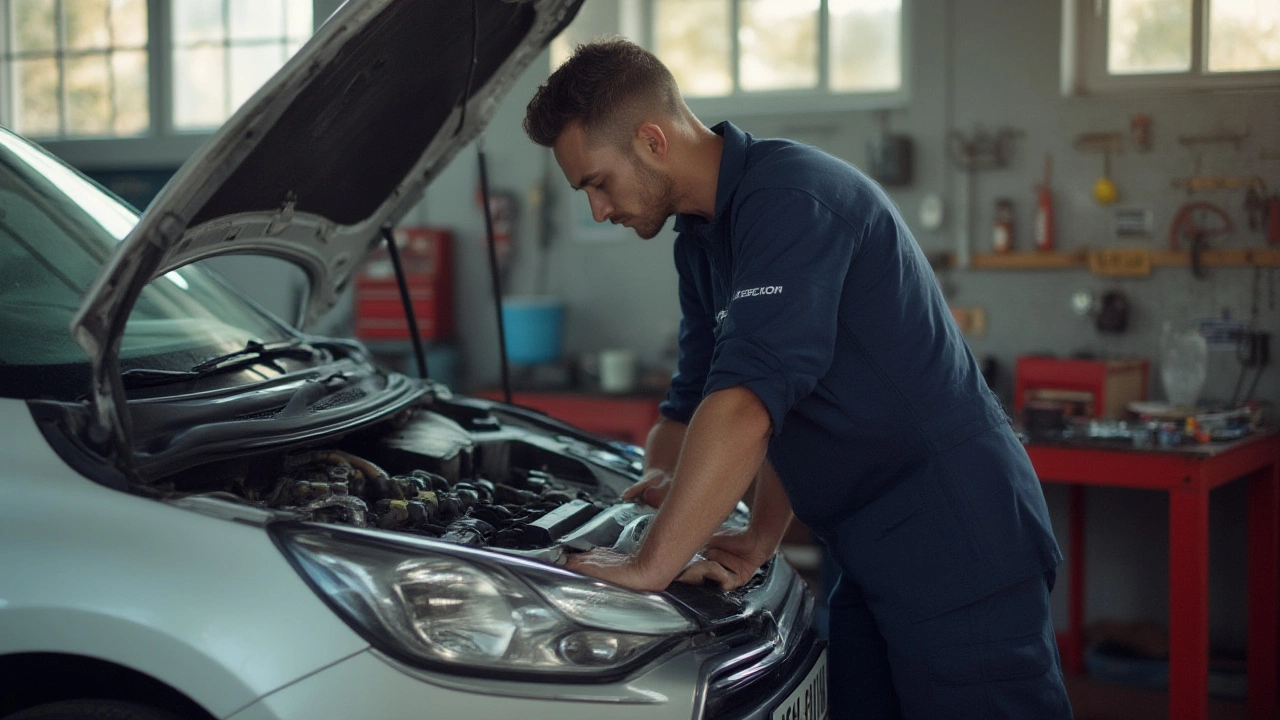 8 July 2025
8 July 2025
Radiator Replacement Guide: When Should You Change Your Car Radiator?
Get the facts on how often to replace radiators. Learn the signs of a failing car radiator, tips to extend lifespan, and the real-life timelines for safe, worry-free driving.
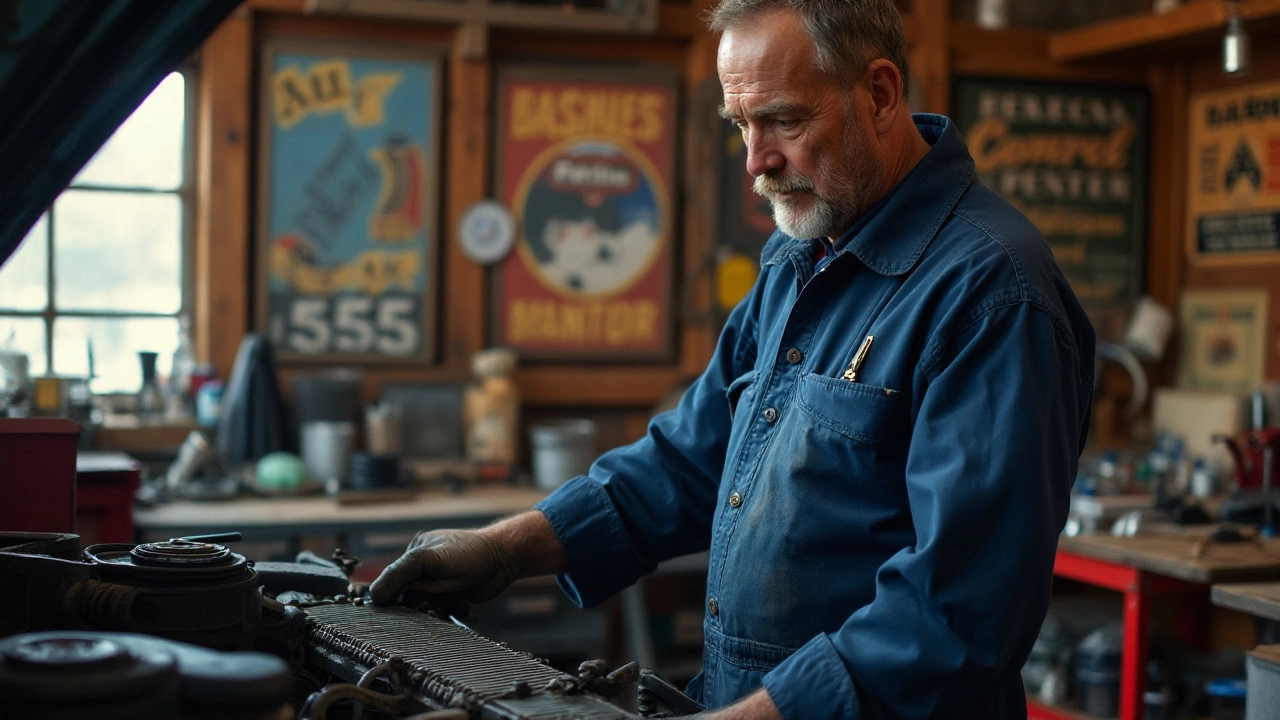 23 January 2025
23 January 2025
How Difficult is it to Replace a Car Radiator? A DIY Guide
Replacing a car radiator might seem like a daunting task, but it can be manageable with the right knowledge and tools. This article explores the complexity of radiator replacement, providing helpful tips to determine whether it's a job for you or a professional. Learn the signs of a failing radiator and understand the basic steps involved, ensuring your vehicle keeps its cool.


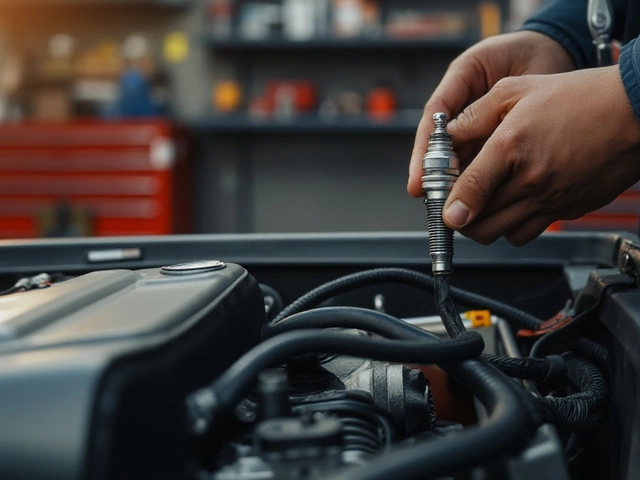
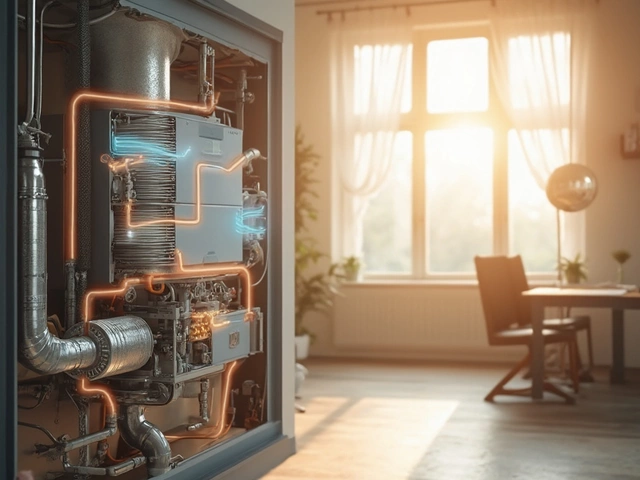
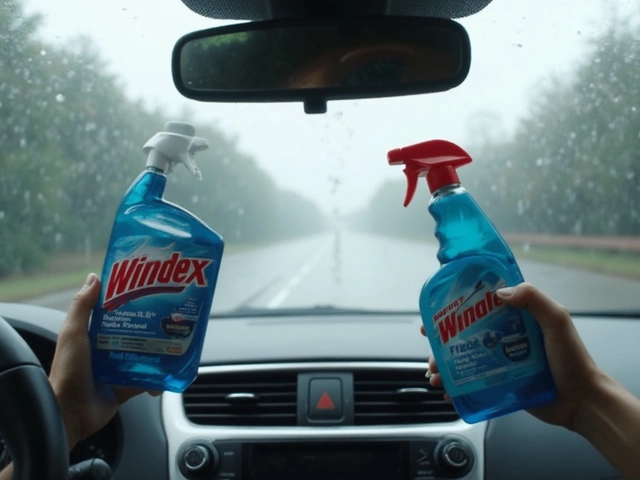
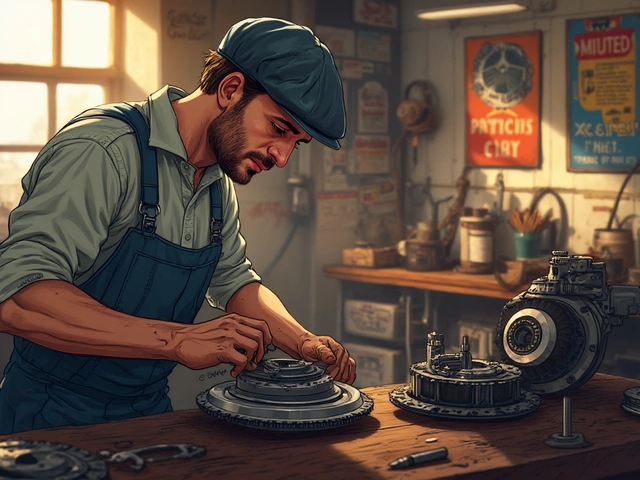
0